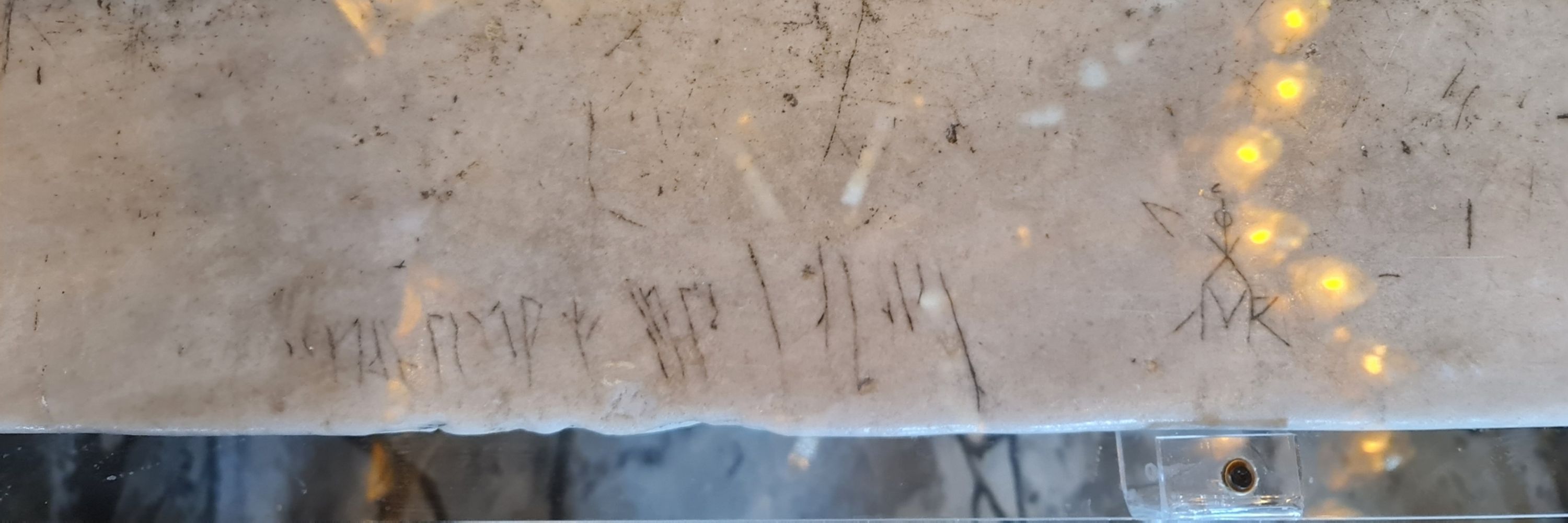
Archaeology, Middle Ages, some photos I take and drawings I make.
And we have to wait for the analyses, especially the radiocarbon dating, to draw more conclusions. This will take until the beginning of next year.

And we have to wait for the analyses, especially the radiocarbon dating, to draw more conclusions. This will take until the beginning of next year.

The investiture of St Adalbert as bishop of Prague.
The prayer of St Adalbert near a Romanesque round church.
The martyrdom of St. Adalbert.



The investiture of St Adalbert as bishop of Prague.
The prayer of St Adalbert near a Romanesque round church.
The martyrdom of St. Adalbert.








The rich late Gothic sculpture decoration of the pillars' capitals and the vaults' ribs was made of artificial stone - was cast in a special mortar. This was a cheap and efficient solution in areas lacking proper stone.




The rich late Gothic sculpture decoration of the pillars' capitals and the vaults' ribs was made of artificial stone - was cast in a special mortar. This was a cheap and efficient solution in areas lacking proper stone.
Research have only begun to shed light on this.

Research have only begun to shed light on this.
So, this was the burial of a young woman. She was buried shallowly, which is typical of this cemetery.


So, this was the burial of a young woman. She was buried shallowly, which is typical of this cemetery.

The grave contained ornaments and personal items.
Here is a ring:

The grave contained ornaments and personal items.
Here is a ring:
It was arranged on a W-E axis, with the skull on the east side, which is typical of 11th-13th c in Poland.

It was arranged on a W-E axis, with the skull on the east side, which is typical of 11th-13th c in Poland.

